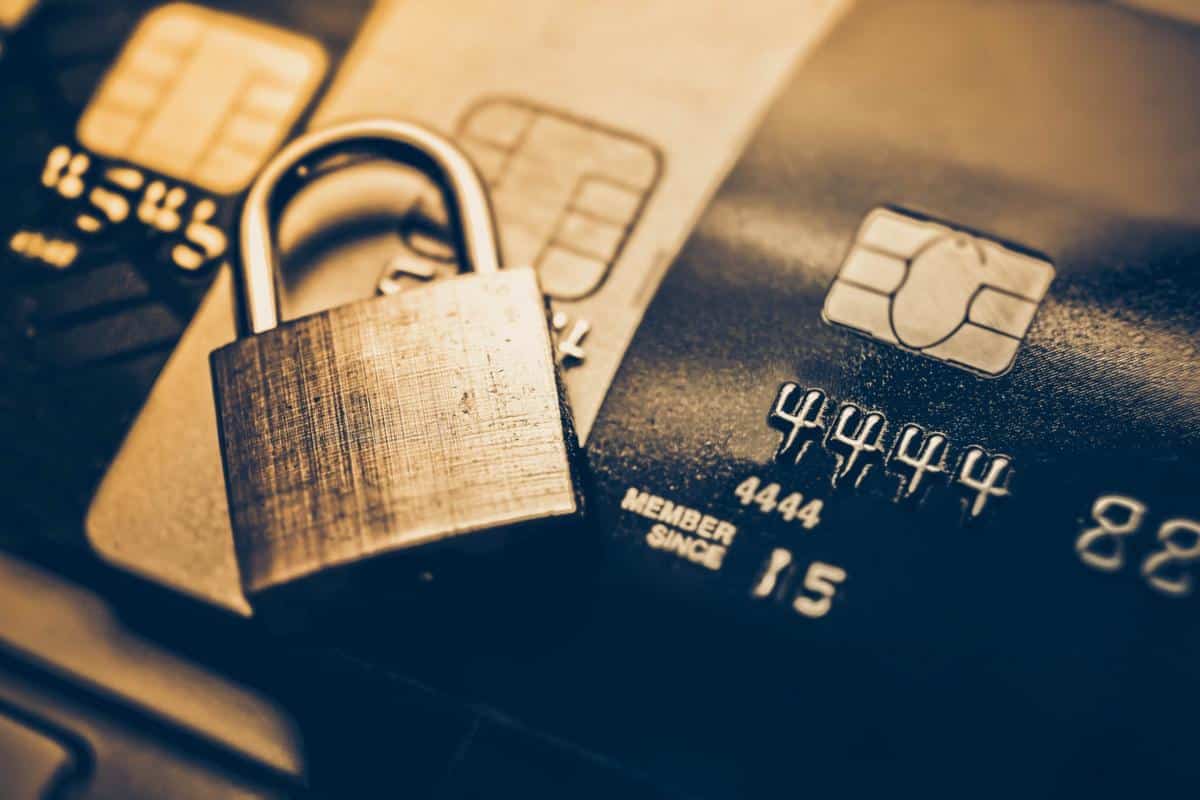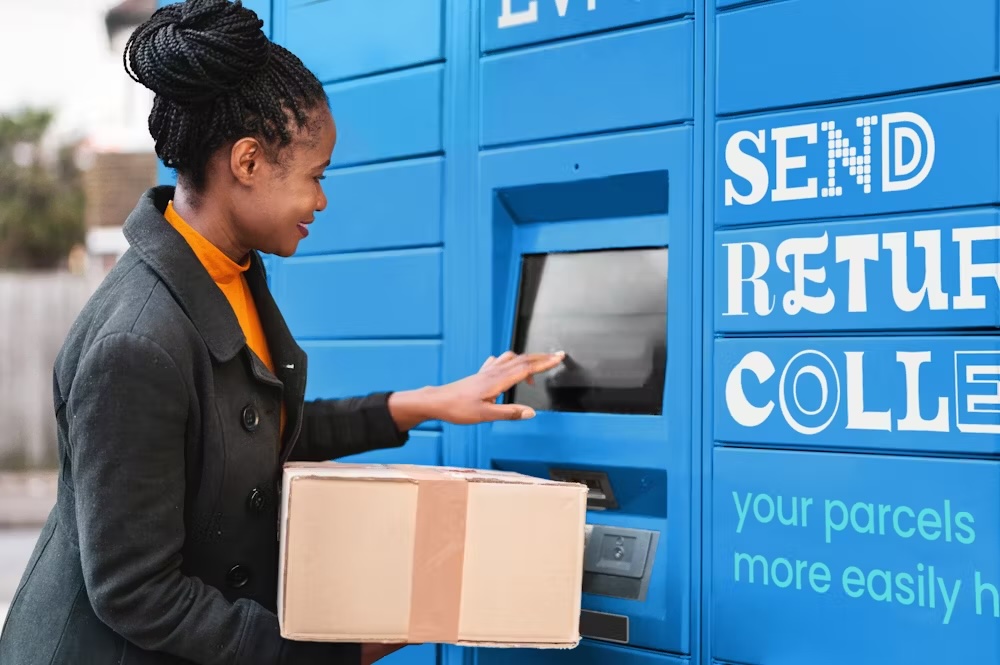Retailers are being warned that as Black Friday approaches and online sales are set to peak, cyber fraud – which has been rising since the pandemic – is going to explode, costing many of them dearly.
Cyber security analysts Forter warns that, as ecommerce has grown, so too has cyber fraud and, with Black Friday and Cyber Monday around the corner, retailers must take heed that not all online buyers mean well – especially with purse strings being tightened.
And fraudsters are turning to ever more inventive ways of scamming money out of already hard-pressed retailers. The rise of digital commerce and the nature of online accounts creates a unique space for types of fraud we don’t see in brick and mortar stores.
There are five definitive trends that fraudsters are getting away with this year and they have the potential to cost retailers dear.
Firstly, amatuer fraud on the rise. According to data from Forter, there was a 35% increase in fraud committed by “non-professional” fraudsters. This trend is particularly big in North America, but it is staritng to be seen all over. Previously amicable customers are committing fraud and they use non-technical methodologies: stolen credit card data, their own devices, and some basic form of obfuscation like a VPN.
Secondly, in 2022, there has been an 11% increase in coupon usage and this is leading to coupoin abuse frauds. This trend is mostly marked in the USA, but has shown up globally and sees good customers trying to get away with coupon abuse, by stacking up coupons or making multiple accounts.
To combat this form of fraud, there is usually a policy-based solution and the systems must be configured to weed out this form of fraud.
Similarly, gift cards are also being used for fraud. Forter’s YoY data shows there is annually a spike in gift card purchases around mid-December, but Christmas Eve sees six to seven times more sales in gift cards. In 2022, gift card attacks started at the end of October. Due to the nature of gift cards (they are anonymous, easy to resell, require no address) these can be used as free money for fraudsters, as they can then resell.
In an uptick of volume of sales in the holiday season, these are easier to use for fraudulent activity.
The fourth fraud trend being seen online is Low-Tech Address Manipulation (LTAM). This is where the fraudsters tries to throw off address verification systems (AVS). Tricks include writing out the number “one” in an address, writing the address in the “name” blank, or will add an unnecessary nonsense element to the address to make sure the machine doesn’t count it as the same location. The caveat to these is that the human can still make the delivery.
Finally Bots are being used increasingly to buy things online to then resell or claim money back from sellers claiming the goods never arrived. This form of fraud is usually targeted into industries like ticket sales, limited releases or goods that are popular for resellers in which fraudsters have a large, professional operation utilizing sophisticated technology at extreme volumes. Forter’s data shows that apparel and footwear merchants that engage in limited stock drops face five to six times more attacks than those that do not have short-time sales.









